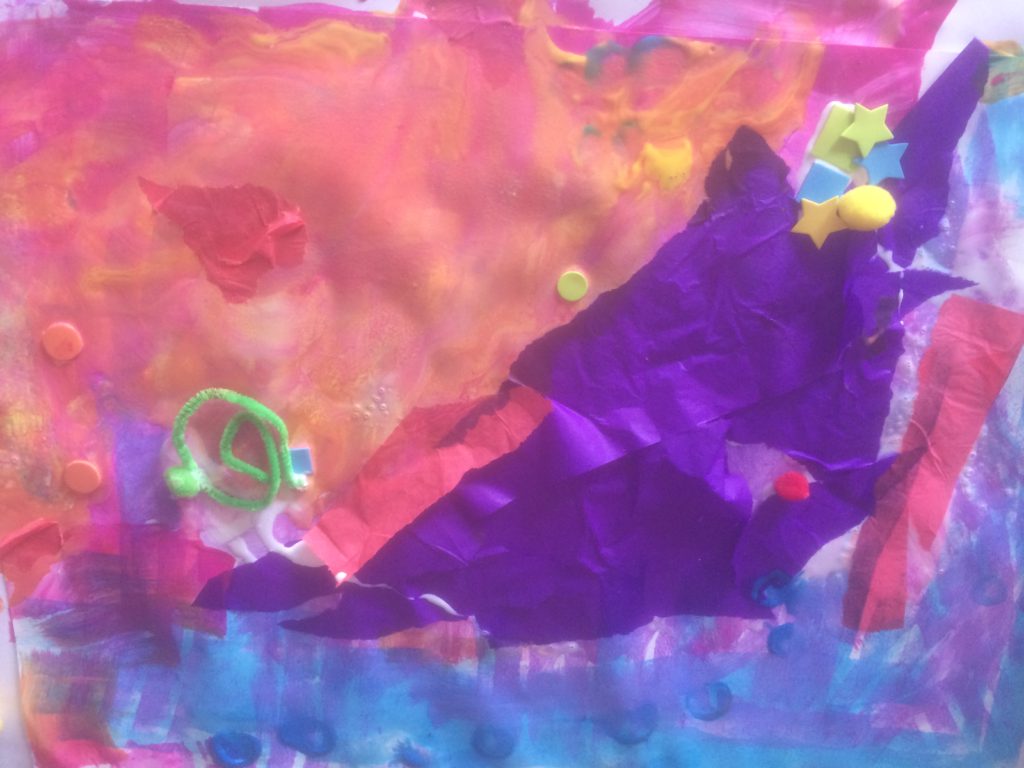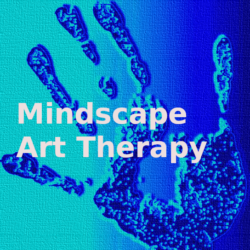About Autism
Autistic Spectrum Disorder (ASD) is a neuro-developmental condition characterised by persistent problems in social communication, social-emotional reciprocity, and maintenance of relationships. As well as restricted patterns of behaviour and interests, with a high degree of rigidity to fixed routines and rituals. (American Psychiatric Association, 2013).
Working with Autism
These difficulties can hamper close relationships, and over-compensatory rituals and routines can provide them with feelings of safety and reassurance. It makes sense that autistics find routine very reassuring, and autistic people can adapt to change if given support to prepare, so it is not just a sudden change that can make them feel overwhelmed.
Practitioners have advocated the importance of early intervention with environmental stimulation for developing cognitive flexibility and creative thinking, as autistic people may need help with sensory processing to help them balance and regulate environmental stimuli (Edwards, 2017).
For instance, some people may be sensitive to light or noise while they may need extra tactile stimulation. So in some cases, it can be about thinking of the senses as a ‘graphic equaliser’ where people need help to balance their sensory input.
Benefits of Art Therapy with Autism and Learning Disabilities
Art Therapists have extensive experience working with autistic people with learning disabilities and advocate how it can be an effective and non-threatening way for people with ASD to communicate and express their emotions (Martin, 2009).
There is a misunderstanding that autistic people cannot empathise, only that they can have challenges regulating sensory input (Robertson, 2018). Autistic people are wonderfully sensitive to the emotions of others.
Creative strategies can help Autistics to attune and develop interaction and communication. Often verbal conversation can be too overwhelming because they struggle to cope with verbal, nonverbal, and body language.

Arts Therapists enable creative mediums such as art, drama, and music to engage and aid communication and interaction. Working together on an art object or creating a performance can be a less intrusive way of building a relationship for a person with autism. It may also meet their sensory needs and be a way of discharging emotion with directed movement and action.
For further assistance, creative arts therapy with a trained art therapist can be a way for a person to express and regulate their emotions when words are difficult, helping to improve cognition and emotional regulation and understand themselves within a safe and facilitating environment.
Mindscape provides an Art Therapy Programme for people with learning disabilities.
Emotional Wellbeing, Art Therapy, and Autism
People with disabilities can be more vulnerable to mental health issues and struggle to communicate their emotions. Externalising behaviours can be the result of an inability to communicate their needs. So it is important to find non-verbal strategies to minimise maladaptive emotional regulation strategies.
In a piece of research I conducted, approved by the University of London Art Therapy can contribute to communication skills and assist with emotional regulation strategies for an autistic client with learning disabilities (Wright, 2023).
Art Therapy can be an effective method for autistic people, who struggle with the abstract concepts of cognitive therapies. It can provide a non intrusive an interactive expressive place to explore the senses and communicate with others. Art Therapy can minimise aggressive behavior and anxiety by reducing the need for sensory avoidance and defensive strategies that increase arousal levels (Wright, 2023).
Andrew C Wright
Art Psychotherapist
For more information on Art Therapy and Autism, you can contact Mindscape Art Therapy via our Contact Us page
References
American Psychiatric Association (2013). Definition of Autism Spectrum Disorder (ASD) https://www.psychiatry.org/patients-families/autism/what-is-autism-spectrum-disorder
Edwards, J. (2017) The benefits of multi-sensory environments. Autism Journey Blog.
Martin, N. (2009) Art as an early intervention tool for children with autism. Jessica Kingsley Publishers
Robertson, K. (2018) Empathy, Is The Autism Spectrum Disorder Problem. https://kennethrobersonphd.com/sensitivity-not-empathy-is-the-aspergers-syndrome-problem/
Wright, AC. (2023) The Impact of Art Therapy with an autistic person with learning disabilities: assessing the development of communication abilities and emotional regulation. International Journal of Art Therapy. Routledge. https://doi.org/10.1080/17454832.2023.2172439


